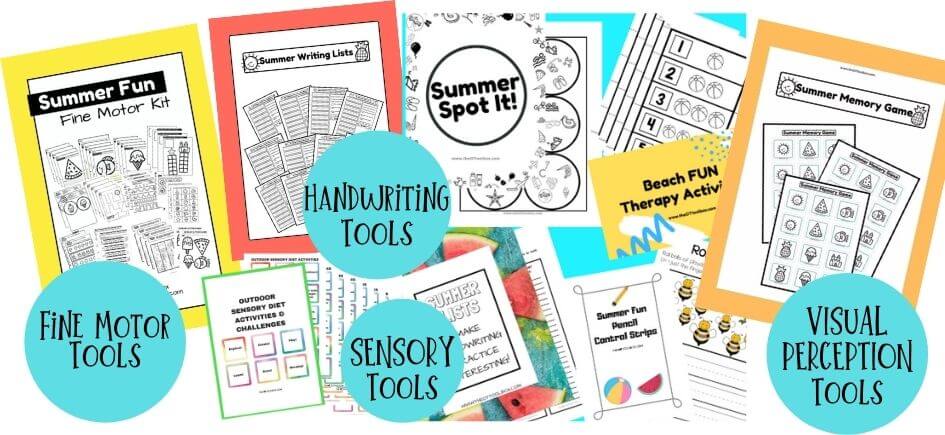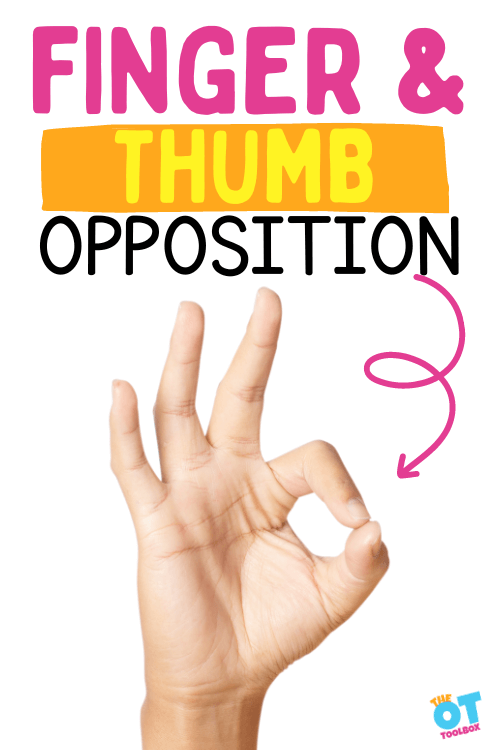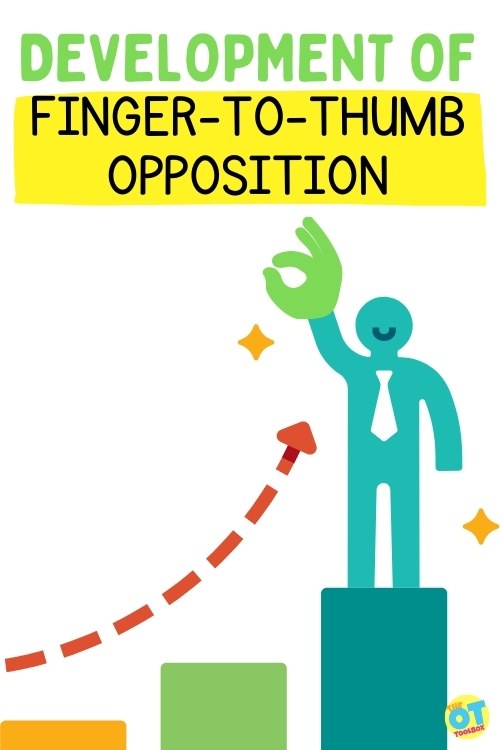Having a summer bucket list that keeps kids from the inevitable summer boredom is essential…but a summer bucket list that actually helps kids develop skills and gain stronger bodies is powerful! This list of things to do with kids and families this summer is a list of therapist-approved activities that help promote stronger core muscles, refined fine motor skills, and the very skills kids need to learn, play, and develop.
Summer Bucket List
Need things to do this summer with the kids? Need therapist-approved activities for the whole family, that actually help kids develop motor skills, get off the screens, and build stronger kids? This printable list of summer activities for kids and families is just the thing to battle the boredom this summer!
I am a mom of four. I have heard, “I’m bored!” 4,000 times. Each summer. This summer might look a little different that most years, and because of that, I wanted to come up with summer activities for kids that are therapy-approved. These are summer things and active play ideas. You might call this an adventure challenge. You might call it a therapy home program. What this list of summer activities is for certain, is a way to get the kids active and off the screens. This list of 100 summer things (actually 104 summer things) costs little to no money, use the items found around the house, and meets the needs of kids. It’s part of our Wellness Challenge (More info on that coming next week!)
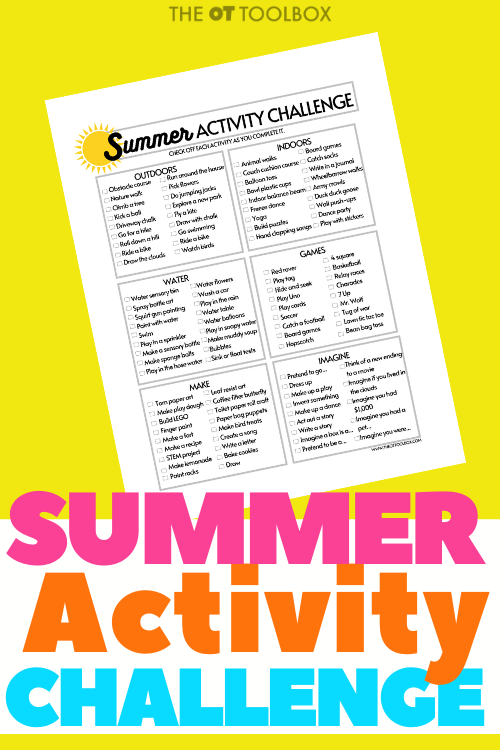
100 Things to do this summer
There is just something fun about creating a summer bucket list with the kids. But, what if you could hand-pick the very summer activities that help kids gross stronger muscles, gain sensory input that helps with regulation, and motor activities that improve balance, coordination, strength, and endurance? What if your summer bucket list not only built a summer of family memories, but also stronger and more functional minds and bodies?
This printable summer bucket list does just that!
Well, here we are at the tail end of another school year. This is the time that most parents and teachers celebrate the end of school and the start of summer…maybe more than the kids. With the end of the school year, it’s a time to celebrate lazy, hazy days of summer. This year is a different. Parents are celebrating the end of distance learning. Teaching kids at home through distance learning, while working from home is simply not a sustainable task for most. The list below is 100 things to do this summer. These are activities to keep the kids (and the whole family) active, and enjoying time together in play. Play is healing. Play is a learning opportunity.
For pediatric occupational therapists, we know that play is the primary occupation of the child. Play is therapy and therapy is play. These summer activities for kids are designed to boost skills, while helping children emotionally, physically, and mentally.
Kids NEED active play. They NEED to move. Kids need to create, think outside of the box, and they need to be bored. With boredom comes creativity, interest-based thinking, and innovation. This list of 100 things to do this summer might be an idea starter.
The activities on this list fall into six categories: outdoor activities, indoor activities, water activities, games, creative “maker” activities, and imagination activities. Each summer activity challenges movement and is a summer activity that can be added to home programs.
When the kids say they are bored, send them to this summer bucket list checklist and ask them to pick something on the list. With 104 ideas, there is something for each day this summer.

Summer Bucket List for Occupational Therapy
The activities on this summer activity list inspire active play for kids. They build heavy work to add proprioceptive input. They add movement for vestibular input. They add tactile input. The activities are calming or alerting. They are sensory-based movement activities.
Use this list as a home program. The list can be sent home to parents to inspire active play each day. Or, post it on your fridge and when the kids say they need something to do, ask them to pick one activity. Your challenge is to complete as many of the activities as you can. When boredom strikes, add these activities.
Outdoor Active Play for a summer bucket list
- Obstacle course
- Nature walk
- Climb a tree
- Kick a ball
- Driveway chalk
- Go for a hike
- Roll down a hill
- Make a hideout
- Draw the clouds
- Run around the house
- Pick flowers
- Do jumping jacks
- Fly a kite
- Draw with chalk
- Go swimming
- Ride a bike
- Watch the birds
Indoor Activities for a Summer BUCKET LIST
- Animal walks
- Couch cushion course
- Balloon toss
- Bowl plastic cups
- Indoor balance beam
- Freeze dance
- Yoga
- Build puzzles
- Hand clapping games
- Board games
- Catch socks
- Write in a journal
- Wheelbarrow walks
- Army crawls
- Wall push-ups
- Dance party
- Play with stickers
SUMMER BUCKET LIST Water Activites
- Water sensory bin
- Spray bottle art
- Squirt gun painting
- Paint with water
- Swim
- Play in a sprinkler
- Make a sensory bottle
- Make sponge balls
- Play in the hose water
- Water flowers
- Wash a car
- play in the rain
- Water table
- Water balloons
- Play in soapy water
- Bubbles
- Sink or float tests
Summer Bucket List Games
- Red rover
- Play tag
- Hide and seek
- Play Uno
- Play cards
- Soccer
- Catch a football
- Board games
- Hopscotch
- 4 Square
- Basketball
- Relay Race
- Charades
- 7 Up
- Mr. Wolf
- Tug of war
- Lawn tic tac toe
- Bean bag toss
Creative Activities for Summer
- Torn paper art
- Make play dough
- Build with LEGO
- Finger paint
- Make a fort
- Make a recipe
- STM project
- Make lemonade
- Paint rocks
- Leaf resist art
- Coffee filter butterfly
- Toilet paper roll craft
- Paper bag puppets
- Make bird treats
- Create a song
- Write a letter
- Bake cookies
- Draw
Imagination Play for summer
- Think of a goal for you to accomplish
- Dress up
- Make up a play
- Invent something
- Make up a dance
- Act out a story
- Write a story
- Imagine a cardboard box is something unique
- Pretend to be something or someone else
- Think of a new ending to a movie
- Imagine all the things you are grateful for
- Imagine you had $1,000. What would you do?
- Think of a random act of kindness. And do it
- Imagine you were…whatever you could do or be. How can you get to that point? Make a list of the steps.
Get this list in a printable format below! Print it off, hand it out as an occupational therapy home program, or hang it on the fridge and when the kids say they are bored, direct them to the list!
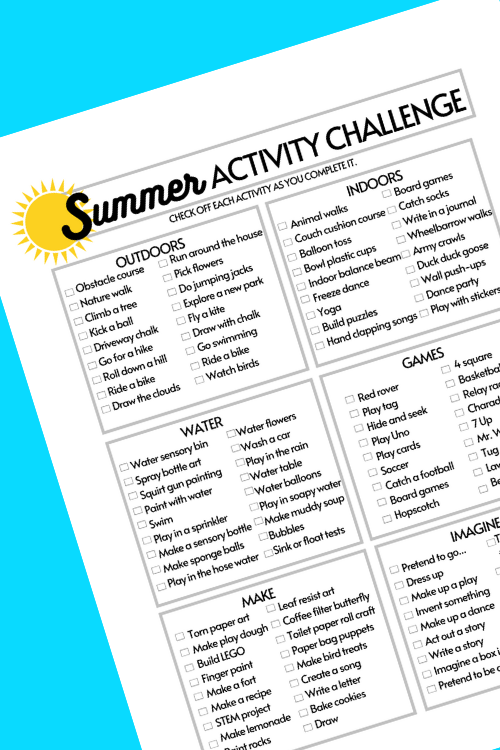
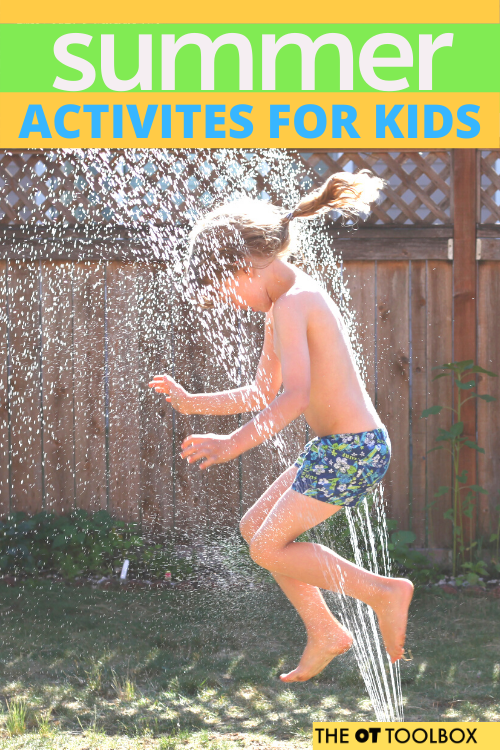
More things to do this summer
For more therapist-approved things to do this summer, use the Summer OT Bundle to work on all things handwriting, hand strength, fine motor skills, puzzles, scissor skills, and function in FUN and engaging ways.
If you are a therapist who just doesn’t have it in you to reinvent the wheel this summer, the Summer OT Bundle is for you.
If you are a parent who wants to work on the skills kids NEED to develop so they can write with a pencil and use scissors (but you’re tired of hearing the complaining about doing these activities), the Summer OT Bundle is for you.
If you need resources and tools to fill home programs, extended year programs, summer camps, or to have the babysitter do with the kids, the Summer OT Bundle is for you.
It’s 19 different products, resources, activities and guides to help kids gain the very motor skills they need to thrive. Read more about the Summer OT Bundle here and start having fun in effective ways this summer!
Click here to grab your copy of the Summer OT Bundle!
Free Summer Bucket List
Grab a copy of our Summer bucket list and send it home with therapy students for low-prep activities that support skill development. We wanted to select activities that are low budget and can be done over the Summer months. This is a great home program for carrying over skills…in a low effort way.
I love that these bucket list items are in a checklist format too…you can have your kids check off as many tasks as they do, without using a calendar that limits the students to a specific task each day.
This printable is found inside The OT Toolbox membership club (Level 1 free downloads) and Level 2.
Enter your email here to get your copy:

Colleen Beck, OTR/L has been an occupational therapist since 2000, working in school-based, hand therapy, outpatient peds, EI, and SNF. Colleen created The OT Toolbox to inspire therapists, teachers, and parents with easy and fun tools to help children thrive. Read her story about going from an OT making $3/hour (after paying for kids’ childcare) to a full-time OT resource creator for millions of readers. Want to collaborate? Send an email to contact@theottoolbox.com.


